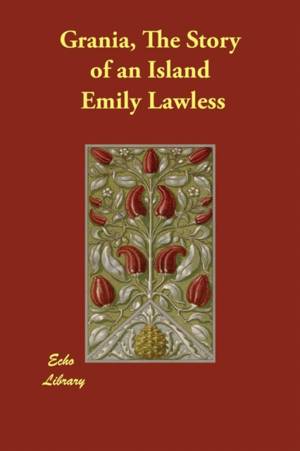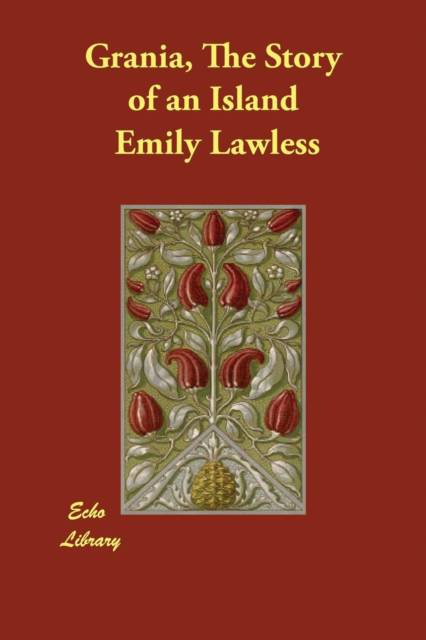
- Afhalen na 1 uur in een winkel met voorraad
- Gratis thuislevering in België vanaf € 30
- Ruim aanbod met 7 miljoen producten
- Afhalen na 1 uur in een winkel met voorraad
- Gratis thuislevering in België vanaf € 30
- Ruim aanbod met 7 miljoen producten
Zoeken
Omschrijving
The Hon. Emily Lawless (1845-1913) was an Irish novelist, historian, entomologist, gardener and poet from County Kildare. Her innovative approach to narrative and the psychological richness of her fiction have been identified as examples of early modernism. Her novels feature peasant heroes and heroines, though she depicted with equal sympathy the Anglo-Irish landowners, and her unshakeable love of Ireland comes across clearly in her work, with several of her short stories denouncing the inequality brought about by colonialism and landlordism in Ireland. She wrote 19 works of fiction, biography, history and nature studies, many of which were widely read at the time. However, due in part to W B Yeats's scathing comments about her supposed sterotyping of Irish peasants, and partly because her initial opposition to female suffrage was wrongly perceived as an anti-feminist stance, her work has long been neglected. Much of her work does in fact make a strong case for female autonomy in financial and creative terms and she was a noted and popular writer in the New Woman movement which swept English fiction and journalism in the late 19th century. This story set in the Isles of Aran was first published in 1892.
Specificaties
Betrokkenen
- Auteur(s):
- Uitgeverij:
Inhoud
- Aantal bladzijden:
- 176
- Taal:
- Engels
Eigenschappen
- Productcode (EAN):
- 9781406889888
- Verschijningsdatum:
- 22/01/2019
- Uitvoering:
- Paperback
- Formaat:
- Trade paperback (VS)
- Afmetingen:
- 152 mm x 229 mm
- Gewicht:
- 267 g

Alleen bij Standaard Boekhandel
+ 27 punten op je klantenkaart van Standaard Boekhandel
Beoordelingen
We publiceren alleen reviews die voldoen aan de voorwaarden voor reviews. Bekijk onze voorwaarden voor reviews.











